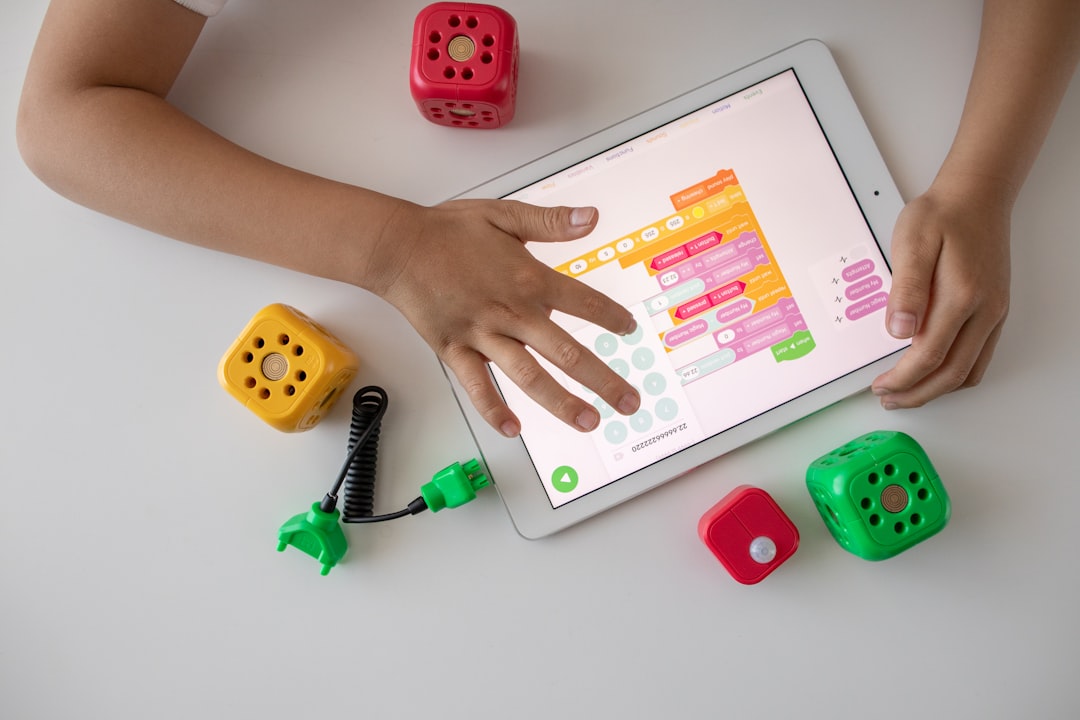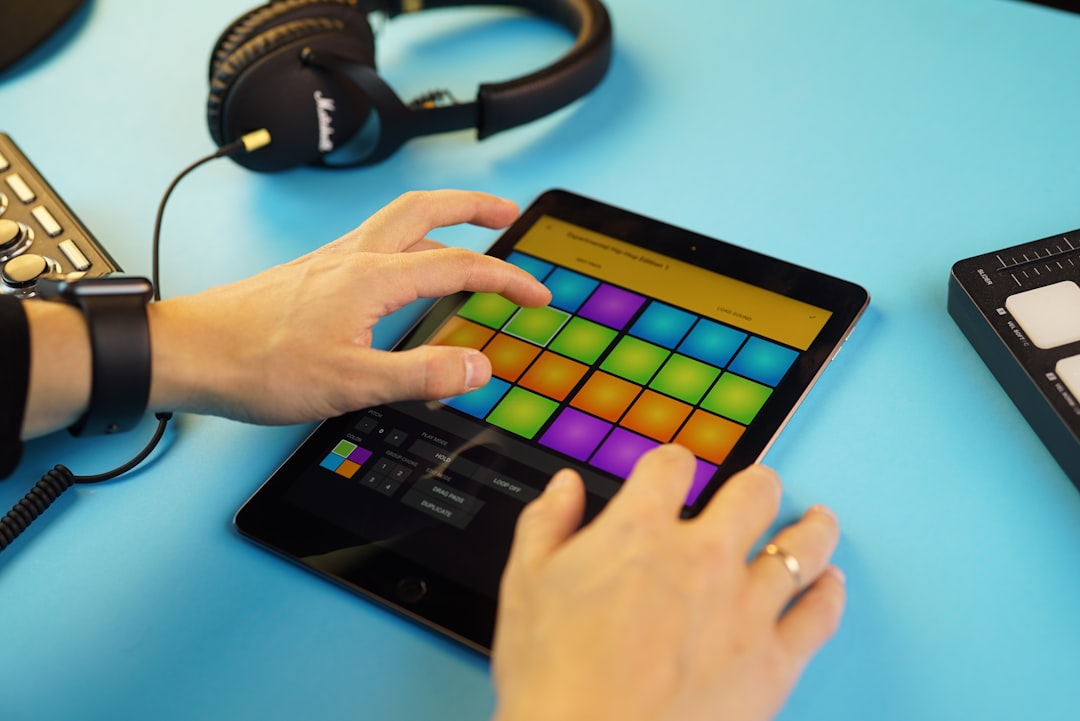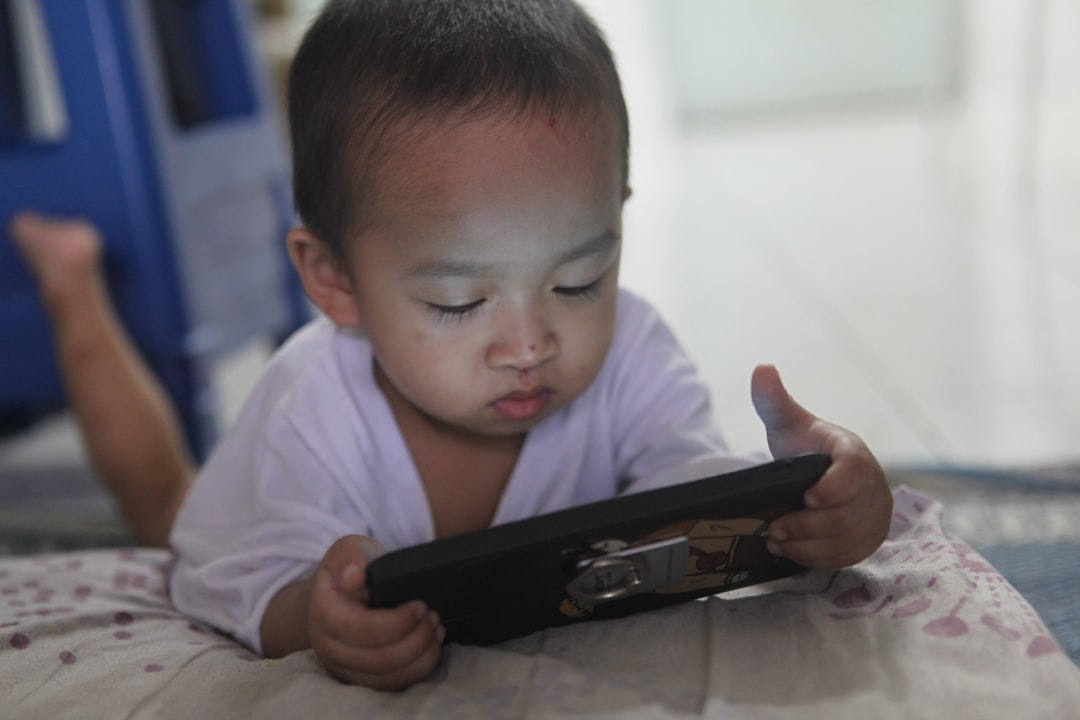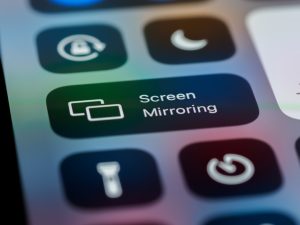
As smartphones, tablets, and other digital devices become increasingly woven into our daily lives, it’s no surprise that even the youngest family members show curiosity about technology. Parents often hand their phones to toddlers to keep them entertained, leading to a surge in popularity of so-called “baby keyboard smash apps.” These apps typically turn a device’s keyboard or screen into a cheerful explosion of color, sound, and lights whenever little hands come into contact with them. But many parents are now asking an important question: are baby keyboard smash apps really safe for kids?
What Are Baby Keyboard Smash Apps?
Baby keyboard smash apps are digital applications designed specifically to let babies and toddlers interact with a device in a safe and engaging way. When a child presses keys or taps on the screen, the app responds with fun animations, animal sounds, music, and colorful graphics. The idea is to provide a stimulating experience while also protecting your device from unintended calls or data deletions.
Some popular features of these apps include:
- Colorful Visualizations: Bright animations that react to screen taps.
- Sound Effects: Animals, musical notes, letter pronunciations, and more.
- No Exit Mode: Prevents little fingers from accidentally closing the app or opening other apps.
- Educational Content: Introduction to letters, numbers, shapes, or languages in some versions.

While these apps may appear innocent and even educational, it’s crucial to examine their potential effects more closely—from child development and screen time guidelines to data privacy and physical health risks.
The Developmental Debate
Experts are divided on the benefits and drawbacks of interactive screen time for very young children. On one hand, limited interaction with responsive apps might help nurture early learning. On the other, some worry that too much screen time—passive or active—could interfere with critical developmental activities like physical play, social interaction, and real-world exploration.
Here are some potential concerns to consider:
- Cognitive Development: The American Academy of Pediatrics (AAP) recommends minimal to no screen time for children under 18 months, with exceptions for video chatting. Excessive time with screen-based apps may substitute valuable hands-on learning experiences.
- Language Skills: Real conversation is essential to learning language. An app, no matter how clever, can’t replace face-to-face interaction with parents or caregivers.
- Attention Span: Fast-moving visuals and nonstop stimulation might hinder the development of sustained focus in young children.
That said, when used sparingly and under supervision, these apps may offer moments of delight and brief engagement, particularly while traveling or in situations where quiet distractions are needed.
Safety Concerns Beyond Development
While developmental impacts are often the first concern, there are additional safety factors parents should be aware of when considering baby keyboard smash apps:
1. Data Privacy and Permissions
Many parents are unaware that even apps meant for babies can request access to data and features of a smartphone that aren’t necessary for functionality. Some data may be collected by third-party advertisers or analytics groups. Always check the app’s permissions upon download.
Before installing any app, consider:
- Why does the app request camera or microphone access?
- Does it connect to the internet?
- Is it collecting usage data, and if so, for what purpose?
Reading user reviews and the privacy policy before installing can go a long way in identifying potentially invasive apps.
2. In-App Purchases and Ads
It’s not uncommon to find free versions of keyboard smash apps filled with adverts, pop-ups, or buttons that lead to purchases. Since toddlers love to tap indiscriminately, this can lead to unexpected charges.
Opt for child-safe certified apps that offer:
- A one-time purchase model
- Ad-free environments
- Parental access barriers for purchases
3. Repeated Physical Exposure
While tapping and swiping seem benign, too much screen time can have physical impacts on kids. Potential issues include:
- Eye strain: Blue light from screens may affect sleep patterns and vision when used frequently or for extended periods.
- Posture problems: Prolonged poor posture while holding a device can result in neck or wrist strain.
- Risk of damage: Dropping a device can lead to broken screens, possibly causing injury.
The Bright Side — When Used Wisely
Despite the risks, baby keyboard smash apps don’t need to be fully demonized. When chosen with care and used in moderation, they can offer creative and stimulating entertainment.
Benefits of mindful usage include:
- Stimulating auditory and visual senses: Babies enjoy seeing cause and effect — like a sound occurring from a simple touch.
- Introductory learning: Apps that gently teach about shapes, animals, and alphabets can spark curiosity.
- Parent-child bonding: When explored together, these apps can be part of meaningful interaction.

When selecting an app, look for titles developed in partnership with child educators or backed by child development research. These tend to place more emphasis on age-appropriate interaction rather than just colorful distractions.
How to Choose a Safe Keyboard Smash App
Here are key criteria to look for when deciding on a baby keyboard smash app:
- Parental controls: Make sure there are barriers to prevent settings changes or app exits.
- Offline functionality: Choose apps that do not require Wi-Fi or cellular data, reducing the chance of ads or external links appearing.
- No personal data collection: Prefer apps that state clearly they do not collect personal information or sell data.
- Simple interface: The layout should be intuitive and devoid of small clickable elements that lead away from the core experience.
- Positive reviews and reputable developers: Look for endorsements from parenting websites or app review platforms.
Tips for Healthy Screen Time With Babies
Even when apps are considered safe, screen time should still be balanced with physical and social activity. Here are a few suggestions to maintain healthy tech habits:
- Keep sessions short: Limit time to 5–10 minutes at a stretch for young toddlers and infants.
- Stay involved: Sit with your child during use to engage and reinforce learning.
- Establish screen-free zones: Meals, bedrooms, and outdoor times should remain device-free.
- Use real-world alternatives: Let babies “smash” physical keyboards or musical toys instead.
Conclusion: A Tool, Not a Substitute
Baby keyboard smash apps can offer a sprinkle of fun and giggles to both kids and parents — especially during long car rides or grocery store meltdowns. However, they must be treated as occasional tools, not digital babysitters. With the right app and parental participation, these apps can be a safe and joyful way to engage with technology. But when it comes to your child’s growth and development, nothing beats the old-fashioned approach: play, talk, cuddle, explore.






